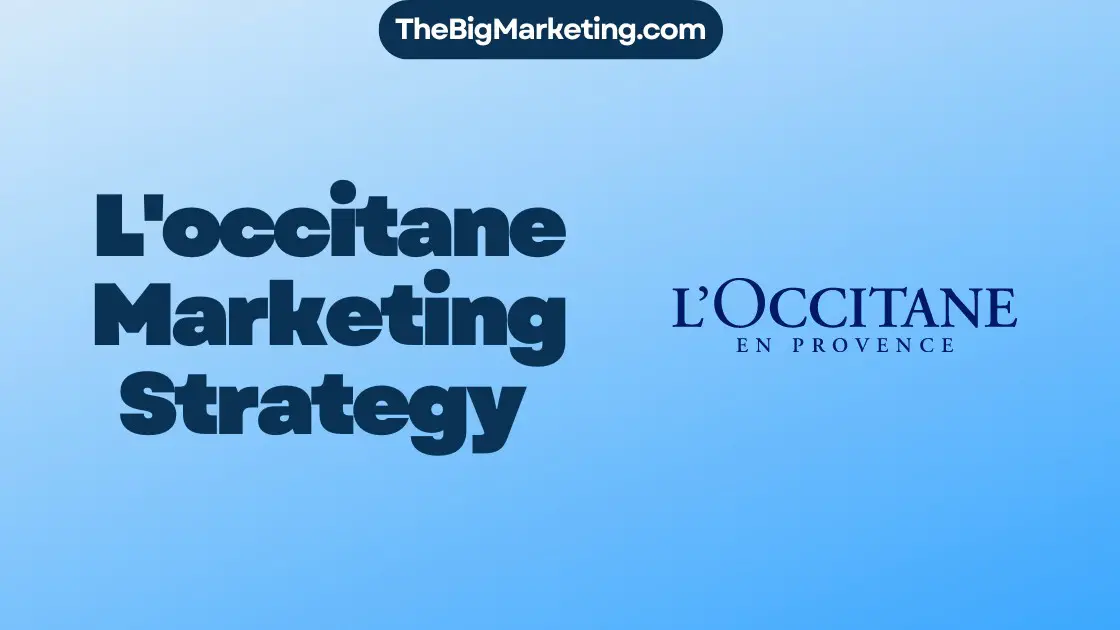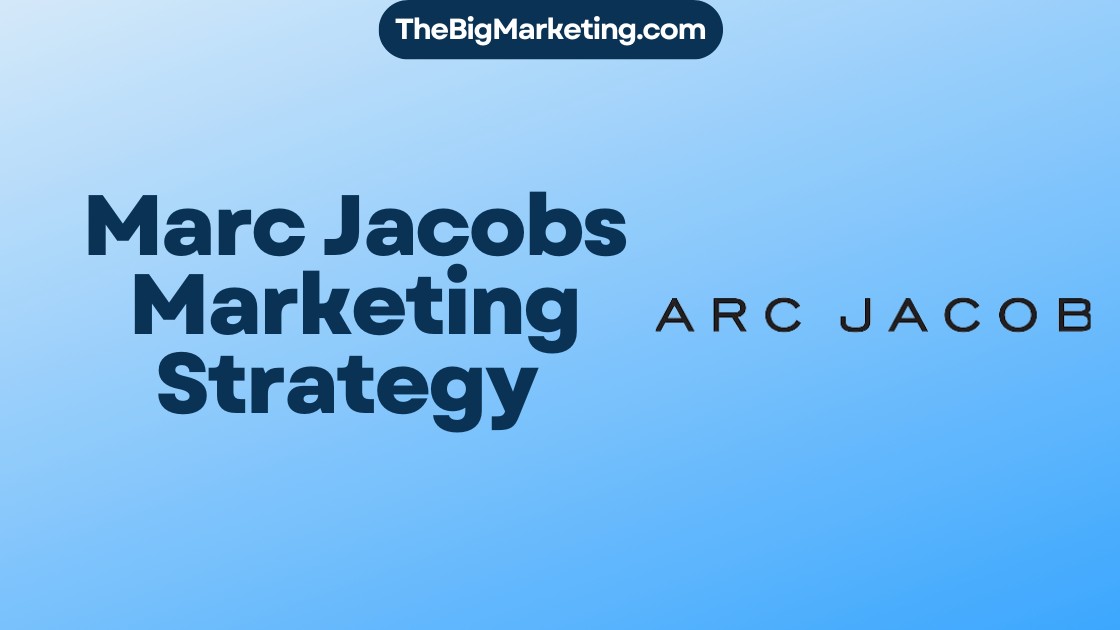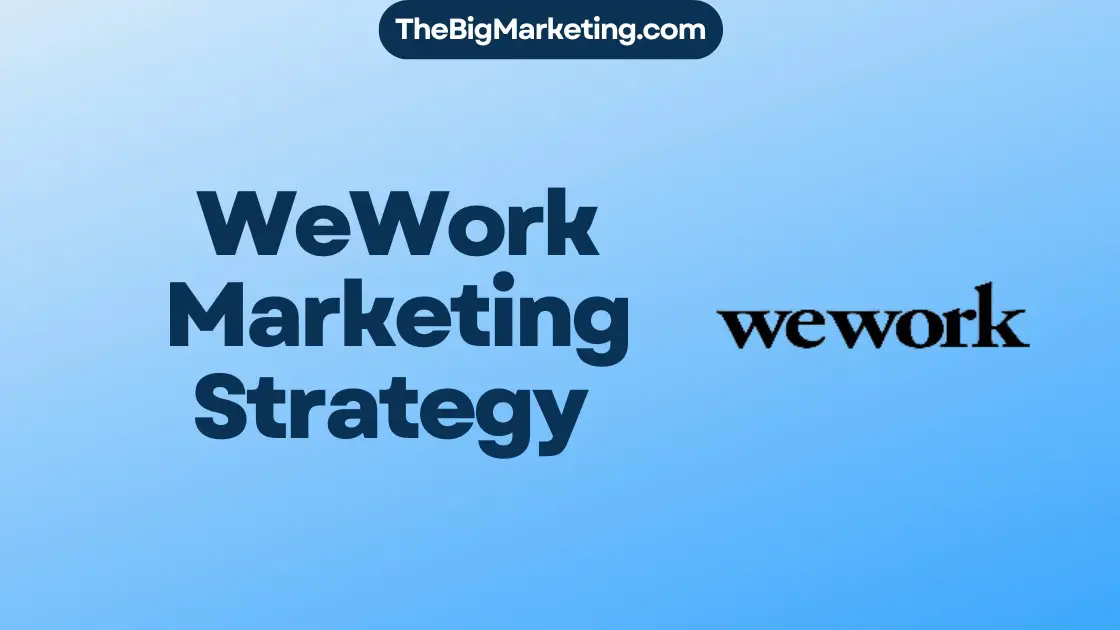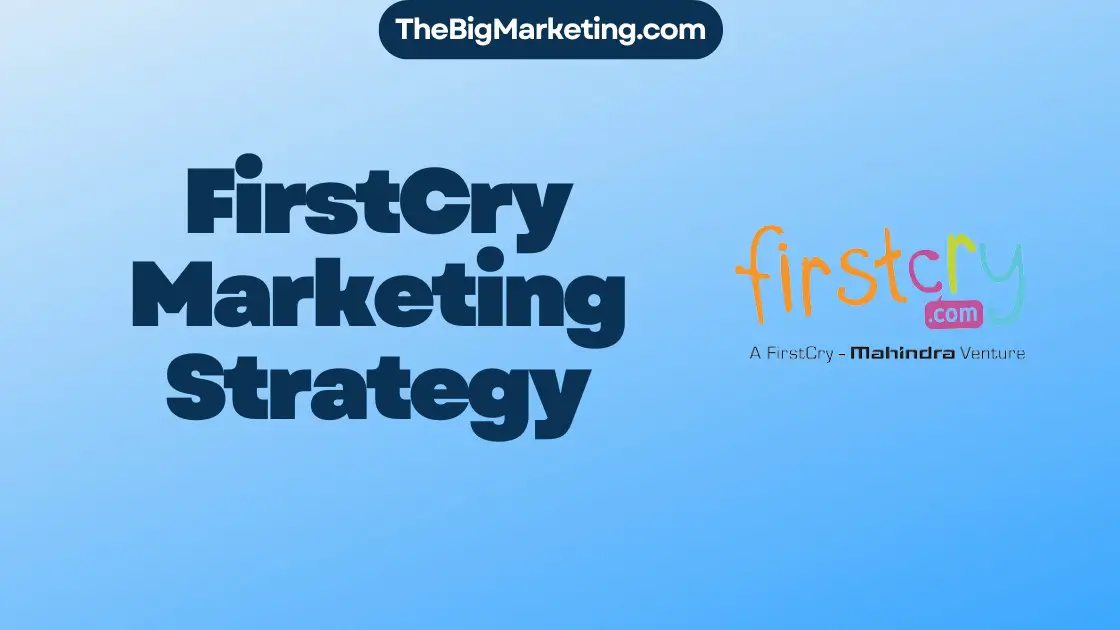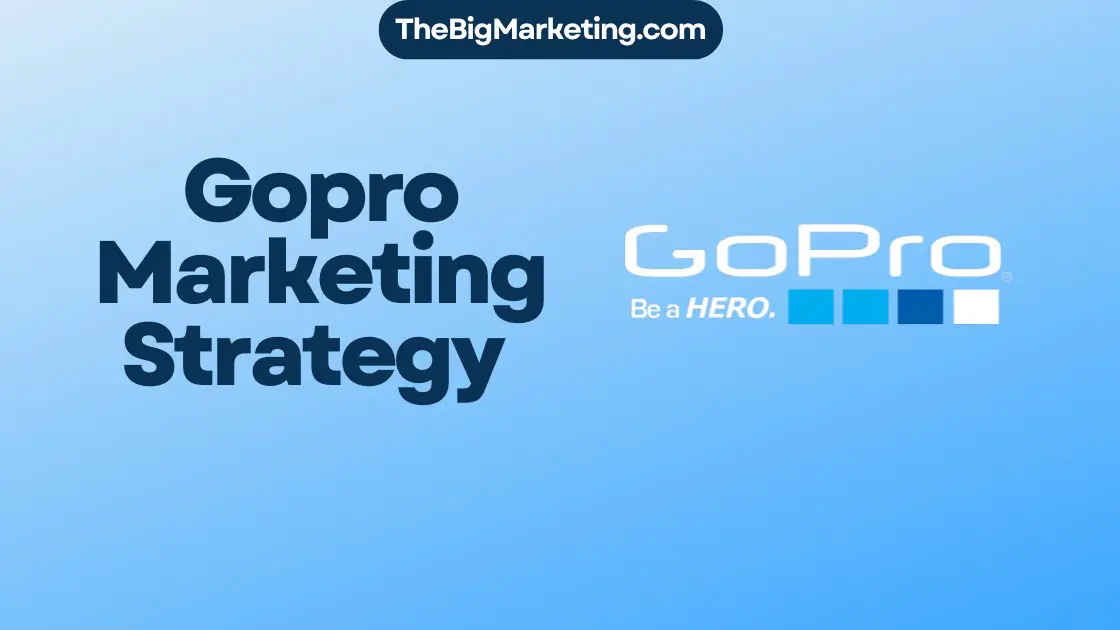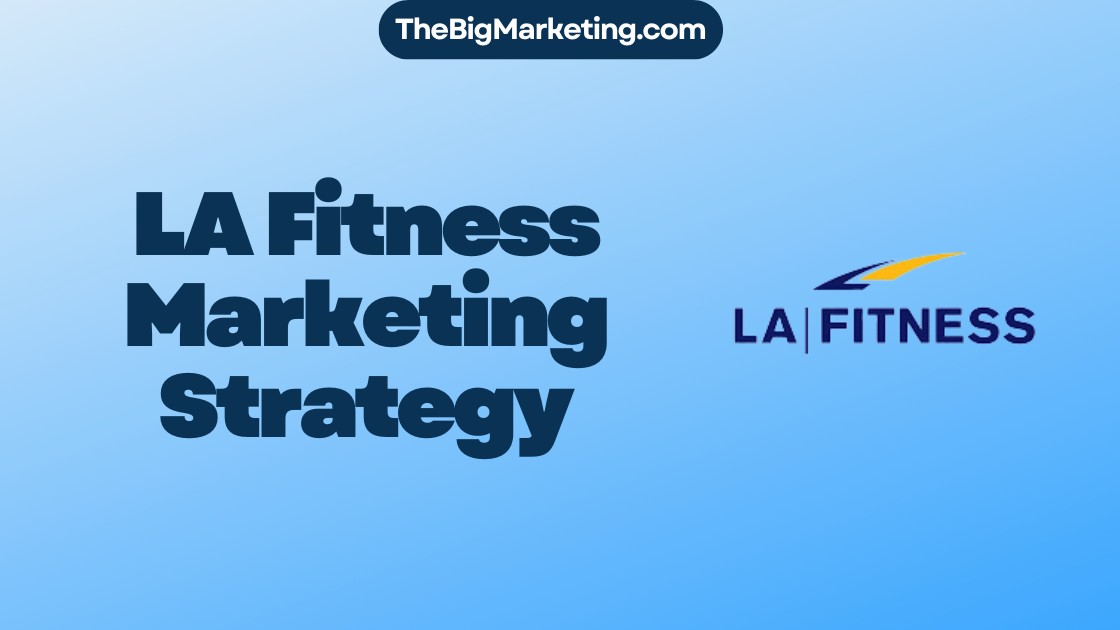Eli Lilly, a prominent pharmaceutical company, has implemented a highly successful marketing strategy to navigate the ever-changing healthcare landscape. In this case study, we will delve into the key elements of Eli Lilly’s marketing strategy and how they have shaped the pharmaceutical industry in 2024.
Key Takeaways
- Eli Lilly has developed an innovative marketing strategy to thrive in the pharmaceutical industry.
- Digital marketing healthcare plays a significant role in Eli Lilly’s approach.
- Their brand strategy has helped them establish a strong presence in the market.
- Pharmaceutical marketing, combined with data-driven decision making, has been instrumental in their success.
- Eli Lilly’s international partnerships have expanded their reach and market insights.
History and Legacy of Eli Lilly
Founded in 1876, Eli Lilly has emerged as a leading player in the global pharmaceutical industry. With a rich history spanning over a century, the company has established itself as a pioneer, introducing breakthrough drugs and leaving an indelible mark on the healthcare landscape.
Eli Lilly’s commitment to research and development sets them apart. They have assembled a team of thousands of PhD researchers who relentlessly work on developing innovative products that address critical healthcare needs. This relentless pursuit of scientific advancements has been the cornerstone of their success and has driven their brand strategy.
Throughout their history, the company has been responsible for introducing life-changing drugs to the market. From insulin, which revolutionized the treatment of diabetes, to penicillin, a groundbreaking antibiotic, and Prozac, a widely prescribed antidepressant, Eli Lilly has consistently delivered medications that have improved the quality of life for millions of patients worldwide.
By leveraging their extensive experience and reputation, Eli Lilly has been able to shape pharmaceutical industry trends and influence healthcare advertising practices. Their legacy and commitment to scientific innovation have provided them with a strong foundation upon which they have built their brand strategy.
Eli Lilly: A Legacy of Innovation and Impact
Eli Lilly’s legacy of innovation extends beyond the development of life-saving medications. The company has also made significant contributions to healthcare research and education. They have collaborated with leading institutions and organizations to advance medical knowledge, improve patient outcomes, and foster a culture of continuous learning within the industry.
As a reflection of their commitment to the greater good, Eli Lilly has also been actively involved in philanthropic endeavors. They have established initiatives and partnerships that aim to make healthcare more accessible and affordable, particularly in underserved communities.
Furthermore, Eli Lilly’s brand strategy has consistently emphasized patient-centered care and healthcare professional partnerships. By focusing on the needs and perspectives of patients, they have been able to develop advertising campaigns that resonate with their target audience and build trust among healthcare providers.
The company’s history and legacy serve as a testament to their enduring impact on the pharmaceutical industry. By continuously adapting and evolving to meet the ever-changing demands of the healthcare market, Eli Lilly has established itself as a global leader in pharmaceutical innovation and brand strategy.
Overcoming Challenges in the Industry
Eli Lilly, a prominent player in the pharmaceutical industry, has encountered various challenges that have necessitated strategic solutions. One such challenge is the expiration of key patents, which exposes the company to competition from generic drugs. To navigate this landscape effectively, Eli Lilly has made significant investments in marketing analytics and pharmaceutical market research.
By leveraging advanced marketing analytics, Eli Lilly harnesses valuable data-driven insights to inform decision-making and develop targeted marketing strategies. This approach enables them to identify emerging trends in the pharmaceutical industry and effectively position their products in the market.
The utilization of marketing analytics also empowers Eli Lilly to understand customer behavior and preferences, enabling them to tailor their marketing efforts to meet the evolving needs of healthcare professionals and patients. This data-driven approach plays a pivotal role in their ability to stay ahead of the competition and maintain a strong market presence.
Moreover, pharmaceutical market research aids Eli Lilly in gaining a deeper understanding of the industry landscape, including emerging markets, competitor strategies, and patient demographics. Armed with this knowledge, they can proactively respond to market dynamics and make informed business decisions.
Investing in Innovation and Differentiation
To overcome challenges in the industry, Eli Lilly also invests in innovation and differentiation. By developing novel and groundbreaking drugs, they create a competitive edge, separate themselves from generic alternatives, and solidify their position as a market leader.
Eli Lilly recognizes the importance of continuous research and development to address unmet medical needs and anticipate future market trends. Their commitment to innovation ensures a steady pipeline of new products, enabling them to overcome challenges and thrive in a highly competitive industry.
To further support their efforts, Eli Lilly actively collaborates with academic institutions, research organizations, and industry experts to foster innovation and drive discovery. By forming strategic partnerships, they can pool resources, expertise, and insights to accelerate the development of new treatments and solutions.
Anchoring Success through Strategic Decision Making
Overall, Eli Lilly’s strategic focus on marketing analytics and pharmaceutical market research positions them for success in the ever-evolving pharmaceutical industry. By leveraging data, understanding customer needs, and investing in innovation, they are able to overcome challenges, adapt to market dynamics, and drive sustainable growth.
Through their robust analytical capabilities, Eli Lilly continues to make informed decisions, optimize their marketing strategies, and develop valuable insights that propel the company forward. Their commitment to excellence and data-driven decision making sets them apart in the pharmaceutical landscape, ensuring their continued success in the industry.
Innovative Approaches in Marketing
Eli Lilly has recognized the power of digital marketing in the healthcare industry. By embracing digital platforms and innovative approaches, they have successfully engaged with consumers and shaped their pharmaceutical marketing strategy. Through leveraging various digital channels, Eli Lilly has been able to gather valuable insights and adapt their marketing tactics to the ever-evolving healthcare landscape.
One key aspect of Eli Lilly’s digital marketing strategy is their utilization of social media platforms. By leveraging platforms such as Facebook, Twitter, and LinkedIn, they have been able to connect with their target audience directly and establish a strong online presence. This has allowed them to communicate their brand message, share educational content, and engage in meaningful conversations with their consumers.
In addition to social media, Eli Lilly has also tapped into the power of online forums. By participating in relevant healthcare forums, they have been able to address consumer concerns, provide valuable information, and build trust within the online community. These forums serve as platforms to not only showcase their expertise but also to gather insights and understand consumer needs and preferences.
One standout example of Eli Lilly’s innovative approach is their collaboration with InnoCentive, a global crowdsourcing platform. Through this collaboration, they have been able to tap into a vast network of scientific problem solvers and source solutions to complex scientific challenges. This unique approach allows Eli Lilly to leverage external expertise and accelerate their research and development efforts.
Overall, Eli Lilly’s digital marketing initiatives have set them apart in the pharmaceutical marketing space. By embracing digital channels, engaging with consumers on social media, participating in online forums, and collaborating with external partners, they have been able to adapt to the digital era and drive their marketing strategy forward in the healthcare industry.
International Expansion and Partnerships
Eli Lilly, a key player in the pharmaceutical industry, has extended its reach beyond national boundaries through strategic partnerships. One notable collaboration that has significantly contributed to their global presence is their partnership with Ranbaxy in India.
The joint venture with Ranbaxy opened doors for Eli Lilly to tap into the local Indian market and establish a strong foothold in the region. By leveraging this partnership, Eli Lilly gained access to invaluable insights into the Indian pharmaceutical industry, allowing them to tailor their marketing strategies to meet the unique needs and preferences of the Indian market.
Furthermore, the partnership with Ranbaxy enabled Eli Lilly to leverage the advantages of low-cost clinical trials in India. This not only helped them accelerate their research and development processes but also allowed them to bring essential medications to market more efficiently and at a lower cost, benefiting patients worldwide.
Additionally, the collaboration with Ranbaxy bolstered Eli Lilly’s brand strategy through increased brand recognition and market credibility. By aligning themselves with a reputable Indian pharmaceutical company, Eli Lilly solidified its position as a trusted and influential player in the global pharmaceutical market.
In conclusion, Eli Lilly’s international expansion through strategic partnerships, such as the one with Ranbaxy, has been a key component of their successful pharmaceutical marketing and brand strategy. By bridging cultural gaps, leveraging local insights, and forging fruitful collaborations, Eli Lilly has strengthened its global presence and cemented its position as a leader in the pharmaceutical industry.
Assessing the Success of the Joint Venture
The joint venture between Eli Lilly and Ranbaxy has proven to be a resounding success for both companies, showcasing the importance of collaboration in the pharmaceutical industry. This strategic partnership has provided numerous benefits and opportunities for Eli Lilly and Ranbaxy alike.
Eli Lilly, a global pharmaceutical powerhouse, has gained access to the lucrative Indian market through its partnership with Ranbaxy. This market expansion has allowed Eli Lilly to tap into a vast customer base, opening up new avenues for growth and revenue. Additionally, entering the Indian market has provided valuable market insights and a deeper understanding of Indian consumers, enabling Eli Lilly to tailor its products and marketing strategies to meet their specific needs and preferences.
Furthermore, the joint venture has given Eli Lilly the advantage of conducting low-cost clinical trials in India. As clinical trials are a crucial component of drug development, this collaboration has significantly streamlined the research and development process for Eli Lilly. The cost-effectiveness of clinical trials in India has allowed the company to allocate resources more efficiently and accelerate the timeline for bringing innovative medications to market.
Ranbaxy, on the other hand, has benefited from its association with Eli Lilly’s reputable brand name and global presence. Through this partnership, Ranbaxy has gained access to international markets where Eli Lilly has an established presence. This strategic advantage has facilitated Ranbaxy’s expansion beyond its traditional Indian market and has provided opportunities for its products to reach a wider audience.
The success of the joint venture between Eli Lilly and Ranbaxy serves as a testament to the power of collaboration and highlights the mutual benefits that can be achieved in the pharmaceutical industry through strategic alliances. By leveraging each other’s strengths and resources, both companies have capitalized on market opportunities, increased their market share, and strengthened their positions in the industry.
In summary, the Eli Lilly and Ranbaxy joint venture has been a fruitful partnership, driving growth and innovation in the pharmaceutical industry. This collaboration has allowed Eli Lilly to enter new markets, gain valuable market insights, and conduct cost-effective clinical trials, while providing Ranbaxy with international market access and enhanced brand recognition. Moving forward, it is crucial for pharmaceutical companies to continue exploring similar partnerships and collaborations to navigate the rapidly evolving industry landscape.
Recommendations for the Future
To further strengthen the partnership between Eli Lilly and Ranbaxy, it is recommended that Eli Lilly focuses on promoting their products in India and capitalizes on the new Indian regulations that allow for foreign capital firms. This presents a significant opportunity for Eli Lilly to expand its presence in the Indian pharmaceutical market and leverage Ranbaxy’s expertise in the region. By establishing a strong foothold in India, Eli Lilly can tap into the growing demand for healthcare products and services.
In addition to promoting their products in India, Eli Lilly should consider exploring new strategic partnerships with other global pharmaceutical companies. Strategic partnerships can provide access to new markets, technologies, and resources, enabling Eli Lilly to stay at the forefront of the rapidly evolving pharmaceutical marketing industry.
Investing in research and development (R&D) is also crucial for Eli Lilly’s future success. By allocating resources to R&D efforts, Eli Lilly can continue to develop innovative and breakthrough products that address unmet medical needs. This will not only strengthen their brand position but also give them a competitive advantage in the pharmaceutical market.
Overall, by focusing on promoting products in India, establishing new strategic partnerships, and investing in R&D, Eli Lilly can ensure their continued growth and success in the pharmaceutical marketing industry.
Recommendations for Eli Lilly’s Future
| Recommendation | Explanation |
|---|---|
| Promote products in India | Take advantage of new Indian regulations and tap into the growing Indian pharmaceutical market |
| Explore new strategic partnerships | Gain access to new markets, technologies, and resources |
| Invest in R&D | Continue to develop innovative and breakthrough products |
Industry Outlook and Future Trends
The pharmaceutical industry is a dynamic and ever-evolving landscape, driven by advancements in healthcare, technological innovations, and changing patient needs. Eli Lilly, a leading player in the pharmaceutical industry, recognizes the importance of staying ahead of the curve to maintain its position. By adopting forward-thinking marketing strategies and embracing emerging trends, Eli Lilly can continue to thrive in this competitive market.
Integration of Digital Marketing Strategies
As technology continues to reshape the healthcare industry, digital marketing has become an essential tool for pharmaceutical companies. Eli Lilly understands the significance of leveraging digital platforms and channels to reach target audiences effectively. By implementing data-driven digital marketing strategies, such as search engine optimization (SEO), social media marketing, and targeted online advertisements, Eli Lilly can enhance brand visibility, engage with consumers, and drive customer acquisition.
Embracing Personalized Medicine Approaches
Personalized medicine, an emerging field in healthcare, focuses on tailoring treatments to individual patients based on their genetic makeup, lifestyle, and environmental factors. Eli Lilly recognizes the potential of personalized medicine to revolutionize patient care and improve treatment outcomes. By investing in research and development pertaining to personalized medicine and aligning their marketing efforts with this approach, Eli Lilly can position itself as a pioneer in this space.
Patient-Centric Marketing
In recent years, the pharmaceutical industry has witnessed a shift toward patient-centricity, which involves placing patients and their needs at the center of healthcare decisions. Eli Lilly understands the importance of building strong relationships with patients and healthcare professionals by providing valuable information, support, and resources. Through patient-centric marketing initiatives, such as educational campaigns, disease awareness programs, and patient community engagement, Eli Lilly can foster trust and loyalty among patients and healthcare professionals.
| Trends | Impact on Eli Lilly |
|---|---|
| Growing demand for personalized treatments | Eli Lilly can leverage its expertise in research and development to develop targeted therapies and position itself as a leader in personalized medicine. |
| Rise of telemedicine | Eli Lilly can explore partnerships with telemedicine platforms to enhance patient reach and engagement, offering convenient healthcare solutions. |
| Increased focus on patient advocacy | Eli Lilly can collaborate with patient advocacy organizations to amplify patient voices, address unmet needs, and support patient-centric initiatives. |
| Shift towards value-based healthcare | Eli Lilly can align its marketing efforts with value-based healthcare models, showcasing the cost-effectiveness and positive patient outcomes of its products. |
Marketing Analytics and Data-Driven Decision Making
Marketing analytics is a fundamental component of Eli Lilly’s successful marketing strategy. By harnessing the power of data, Eli Lilly can gain valuable insights, refine their marketing efforts, and make informed decisions that drive impactful results. The integration of marketing analytics enables the company to effectively identify their target audiences, measure the effectiveness of their campaigns, and optimize their overall marketing performance.
Through comprehensive data analysis, Eli Lilly can identify key trends, preferences, and behaviors within the pharmaceutical market. This information allows them to develop targeted marketing strategies that resonate with their audience, resulting in higher engagement and conversion rates. By leveraging marketing analytics, Eli Lilly can ensure that their marketing initiatives are aligned with the needs and expectations of their customers.
Furthermore, marketing analytics empowers Eli Lilly to measure the impact of their marketing campaigns in real-time. This means they can track key performance indicators, such as website traffic, click-through rates, and conversions. By continuously monitoring these metrics, they can evaluate the success of their marketing efforts and make data-driven decisions to optimize their strategies for maximum effectiveness.
The utilization of marketing analytics also enables Eli Lilly to allocate their resources efficiently. By analyzing the data, they can identify the most effective marketing channels and tactics, ensuring that their advertising budget is allocated to initiatives that generate the highest return on investment. This data-driven approach allows them to optimize their marketing spend, maximize their reach, and achieve their business objectives.
Overall, marketing analytics plays a crucial role in Eli Lilly’s marketing strategy, enabling them to stay at the forefront of the pharmaceutical industry. By leveraging data-driven insights, they can make informed decisions, optimize their marketing efforts, and ensure that their messages reach the right audience at the right time. Through continuous analysis and refinement, Eli Lilly can maintain their competitive edge and drive success in the ever-evolving landscape of healthcare advertising.
Key Benefits of Marketing Analytics at Eli Lilly:
- Identification of target audiences based on data analysis
- Measurement of campaign effectiveness and performance metrics
- Optimization of marketing strategies for maximum impact
- Efficient allocation of marketing resources
Conclusion
In conclusion, Eli Lilly’s innovative marketing strategy has played a pivotal role in shaping the pharmaceutical industry in 2024. Their ability to adapt to the ever-changing healthcare landscape and embrace digital marketing in the healthcare sector has positioned them as leaders in the industry.
Through strategic partnerships, such as the joint venture with Ranbaxy in India, Eli Lilly has expanded its reach and strengthened its brand strategy. This partnership allowed them to tap into new markets, gain valuable insights, and leverage low-cost clinical trials.
Looking ahead, Eli Lilly must continue to adapt to industry trends and leverage digital marketing strategies to maintain their competitive edge. By staying at the forefront of the pharmaceutical marketing landscape and prioritizing data-driven decision making, Eli Lilly will continue to shape the industry and drive innovation in the years to come.
